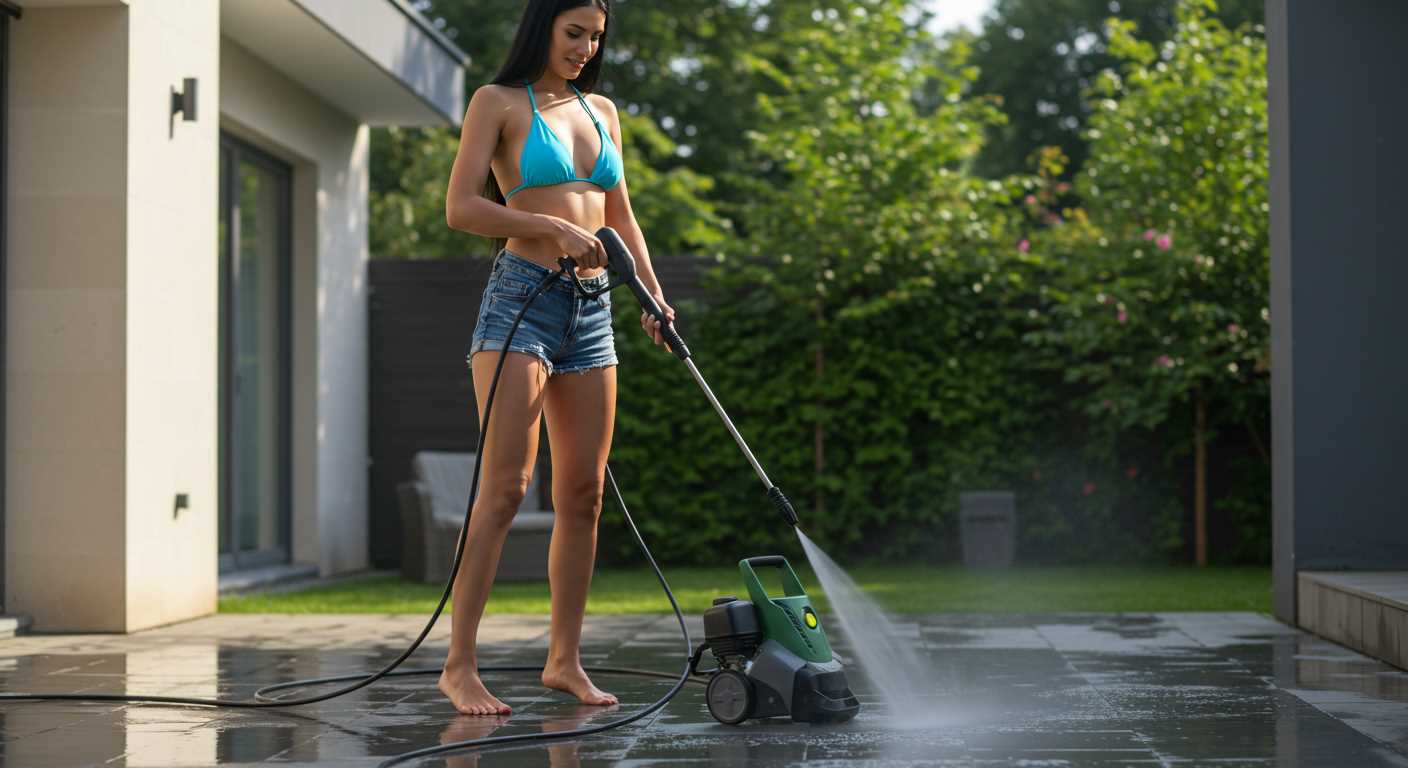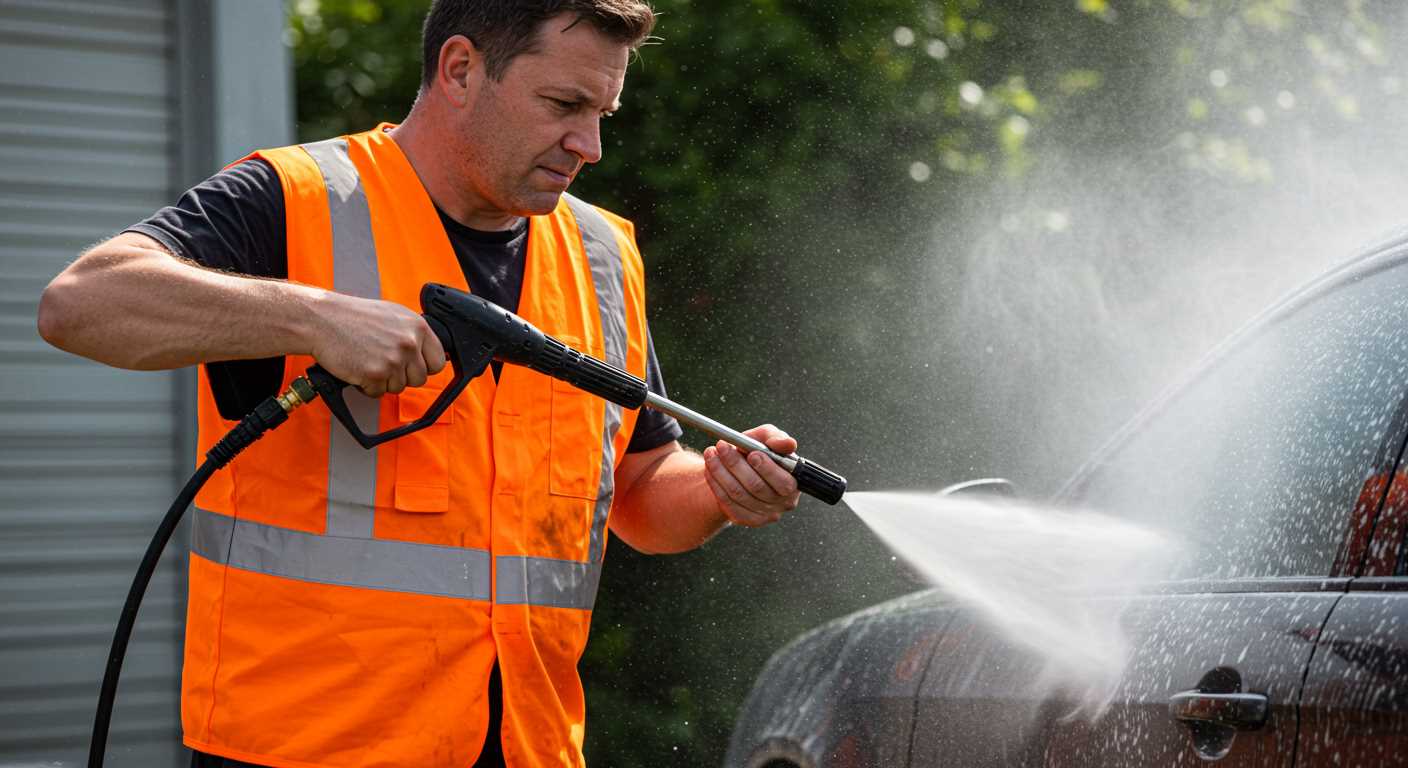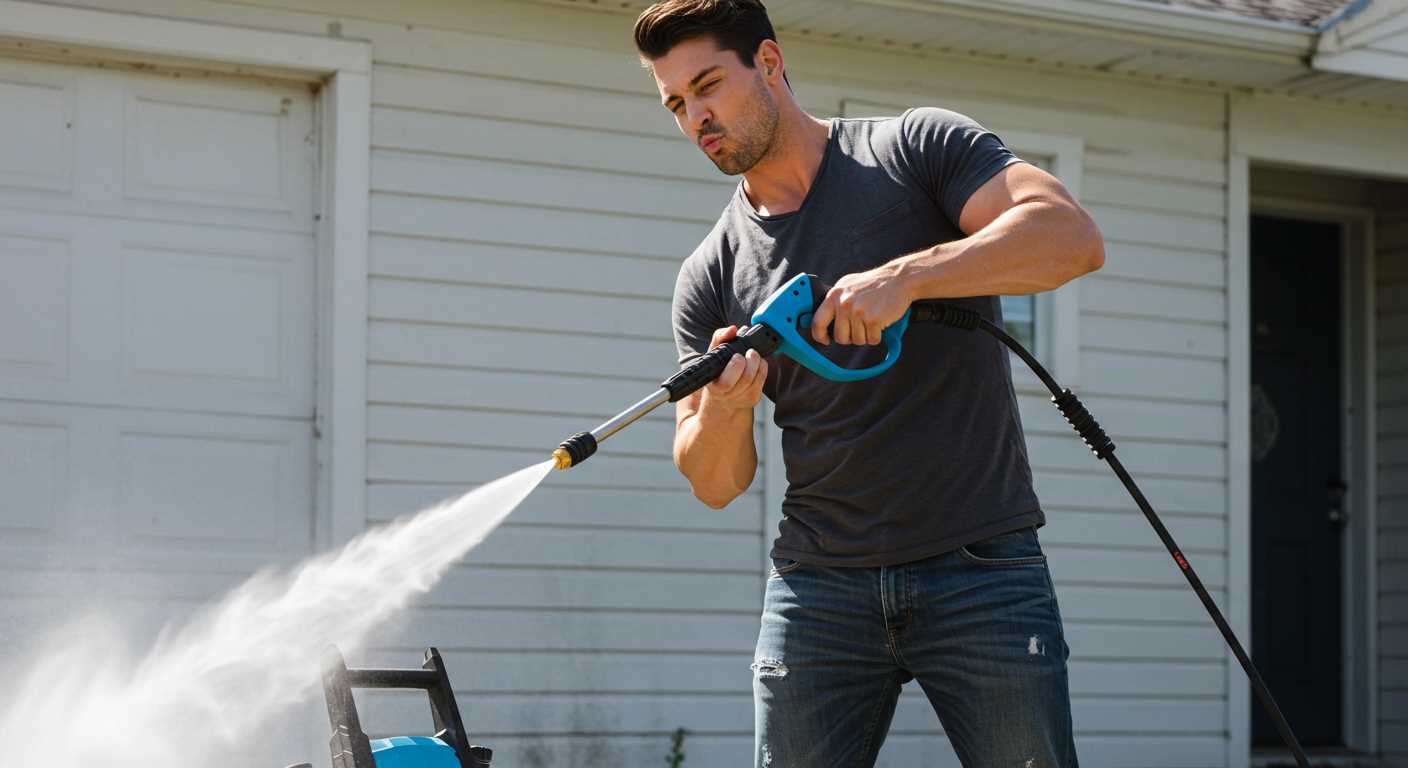

For anyone using high-powered cleaning machines, ensuring optimal performance hinges on the integration of a reliable pressure relief mechanism. This component plays a crucial role in maintaining safety and efficiency by preventing excessive build-up of pressure that can lead to equipment failure or hazardous situations. I highly recommend familiarising yourself with this aspect of your cleaning device as it directly impacts its longevity and functionality.
When the machine operates, especially during heavy usage, there are times when the pressure can exceed safe limits. In these situations, the pressure relief system activates, momentarily redirecting excess pressure away from critical components. This not only safeguards your device but also maximises its operational lifespan. I’ve seen various models, and those equipped with a robust pressure relief system tend to perform better over time, exhibiting fewer maintenance issues compared to others.
Recognising the indicators of a malfunctioning pressure relief mechanism is equally important. Look for signs such as inconsistent spraying, unusual noises, or leakage. These symptoms can indicate that the system isn’t functioning as intended. In my experience, addressing these issues promptly can prevent costly repairs down the line. Regular inspections of your machine’s components can ensure everything operates smoothly, allowing you to focus on achieving the best cleaning results without unnecessary interruptions.
Thermal Control Device Overview
This mechanism operates by relieving excess force build-up within the system when temperatures reach a certain threshold, thus preventing damage to components. It activates typically when the unit is idling for prolonged periods, ensuring that water flow remains stable and safe for the equipment.
How It Works
The operation of this component relies on a simple yet effective principle. As water is heated in the system, pressure increases. If the pressure becomes too high, the device opens to release some of the water, allowing cooler water to circulate. This helps maintain operational safety and prevents overheating.
Maintenance Tips
- Regularly inspect the unit for any signs of leaks or blockages that could affect its performance.
- Ensure that the water supply is consistent and adequate to prevent the machine from running dry.
- Flush the system periodically to eliminate sediment and debris that may interfere with flow.
- Check connections and fittings for wear and replace if necessary to maintain effectiveness.
In my experience, keeping this mechanism in optimal condition is key to prolonging the lifespan of your cleaning equipment and ensuring consistent operation during use. Knowing its function can help you address any issues before they lead to more significant problems. Regular upkeep of this component is as crucial as maintaining the rest of your apparatus.
Functions of a Thermal Relief Valve in Pressure Washers
These components primarily prevent overheating by allowing water to escape when temperatures reach a certain threshold. This process safeguards the motor and pumps from damage, which can occur if the water gets too hot due to prolonged use or blockages.
Preventing Equipment Damage

Overheating can lead to significant wear and tear on internal parts. By discharging hot water, these gadgets help maintain optimal operating temperatures, extending the lifespan of the equipment. Regularly monitoring the water temperature can indicate whether this mechanism is functioning correctly.
Maintaining Consistent Performance
Another vital role is to ensure the machine operates at peak performance. If the water overheats, it can result in inconsistent cleaning effectiveness. This valve manages fluctuations, allowing for smoother operation and improved cleaning results. Utilizing the device as intended can significantly enhance overall efficiency.
| Function | Benefit |
|---|---|
| Prevention of Overheating | Reduces risk of damage to internal components |
| Maintaining Optimal Temperature | Extends equipment lifespan |
| Consistent Performance | Improves cleaning effectiveness |
How to Identify a Faulty Thermal Relief Valve
Look for signs of water leakage or continuous dripping around the component. This is often a clear indication of wear or failure in the unit’s sealing mechanism.
Another point to assess is unusual pressure fluctuations. If the performance spikes or drops erratically during operation, the mechanism may be malfunctioning.
Pay attention to overheating. If the unit frequently shuts down due to excess temperature, it can signal a failing device that isn’t releasing heat properly.
Listen for noise. Strange hissing or rattling sounds from the unit while in operation might suggest a breakdown within the assembly keeping it from functioning well.
Additionally, consider performance issues. If the equipment fails to attain expected pressure levels even after routine maintenance, the component might not be regulating correctly.
Finally, if you notice scalding or excessively hot water being expelled, it’s vital to check the integrity of the component, as this could indicate a significant problem.
Steps to Replace a Thermal Safety Device
1. Gather the necessary tools: You’ll require a wrench set, pliers, and possibly a screwdriver, depending on your model.
2. Disconnect the power supply: Ensure the unit is completely powered off and unplugged to prevent any accidents.
3. Release water pressure: Turn off the water supply and pull the trigger on the spray gun to relieve any remaining pressure in the system.
4. Locate the component: Identify the safety mechanism on your unit. It’s usually near the pump, often in a visible spot.
5. Remove old device: Use your wrench to loosen and remove the old component. Be prepared for some residual water to escape during this process.
6. Prepare the new part: Inspect the new safety device to ensure it matches your old one. Apply Teflon tape to the threads if necessary to prevent leaks.
7. Install the new device: Screw in the replacement, tightening it securely with a wrench. Avoid overtightening to prevent damage.
8. Reconnect supply: Attach the water source and ensure all connections are secure. Make sure there are no leaks before powering the unit.
9. Test functionality: Power on the equipment and let it run for a few minutes. Observe for any unusual sounds or leaks during operation.
10. Final check: After testing, ensure everything is operating smoothly and securely. If you experience issues, revisit your installation steps.
Impact of Thermal Relief Valve on Pressure Washer Performance
The presence of a pressure regulating component significantly enhances the functionality and longevity of the cleaning equipment. This mechanism plays a vital role in managing the temperature within the system, preventing overheating and subsequent damage to key parts.
Operating under high-pressure conditions, machines are prone to heat buildup, especially during prolonged usage. By automatically diverting water back to the source, the device maintains a consistent temperature, ensuring that the electric or fuel engine does not exhaust due to excessive heat, which could lead to catastrophic failures.
Efficiency in Water Circulation

This component promotes efficient water circulation, reducing wear on the pump and optimizing performance. When the temperature rises, the control mechanism activates and re-routes water, allowing cooling in real-time. This fluid management not only protects the equipment but also ensures that cleaning tasks can be performed consistently without interruption due to overheating issues.
Prolonging Equipment Lifespan
Investing in machinery with a quality functioning pressure regulator is crucial for minimising maintenance costs. By controlling heat, it enhances the operational life of pumps and seals, which can erode quickly if subjected to extreme conditions. Regularly checking the condition of this component is pivotal, as failure can lead to costly repairs and replacements.
In conclusion, understanding the significance of this control mechanism is key to effective equipment management, ensuring optimal performance and durability in everyday operations.
Common Issues Related to Thermal Relief Valves
One frequent problem arises from the accumulation of debris within the component. Dirt or mineral deposits can obstruct movement, potentially leading to overheating. Regular cleaning should mitigate this risk.
Another concern stems from pressure inconsistencies. If the device fails to release water at the appropriate times, it may cause a dangerous build-up in pressure. Testing the mechanism periodically is advisable to ensure its functionality.
Signs of Malfunction

A reduction in performance is often a key indicator. If you notice that your equipment is overheating or creating unusual noises, it may signify that the unit is not functioning correctly. I recommend investigating those matters promptly.
Leaking water around the area can also hint at issues. A persistent drip or pooling suggests that something is amiss within the system. Addressing leaks quickly can prevent more significant damages down the line.
Preventative Measures
Regular maintenance is paramount. Checking seals and connections will aid in prolonging the lifespan of the device. Additionally, flushing the system after each use can prevent debris accumulation. Consistently monitoring performance will help mitigate future issues and ensure optimal operation.
Consulting with a technician when persistent issues arise is advisable. Prolonged neglect can lead to further complications that may necessitate costly repairs or replacements.
Maintenance Tips for Thermal Relief Valves
Regularly inspect connections for tightness and signs of wear. Ensuring a secure fit prevents leaks and maintains optimal function.
Clean the assembly periodically to prevent debris build-up, which can obstruct operation. Use a cloth dampened with a suitable cleaner to wipe the exterior and surrounding areas.
Check the spring mechanism for flexibility. A stiff or corroded spring can hinder responsiveness. If resistance is noted, consider replacement to maintain proper temperature regulation.
Monitor performance during operation. If the system does not release pressure as expected after shutdown, further investigation into the mechanism is necessary.
Use manufacturer-approved parts for any replacements. Compatibility ensures that the unit operates as designed, minimising potential issues down the line.
Keep it lubricated where applicable, following the manufacturer’s guidance. Proper lubrication helps prolong lifespan and maintain responsiveness.
Consult the user manual for specific maintenance intervals. Adhering to scheduled checks and services can prevent future malfunctions.
If unfamiliar with the components, consulting a technician is advisable. Professional insight can provide tailored recommendations for longevity and reliability.







